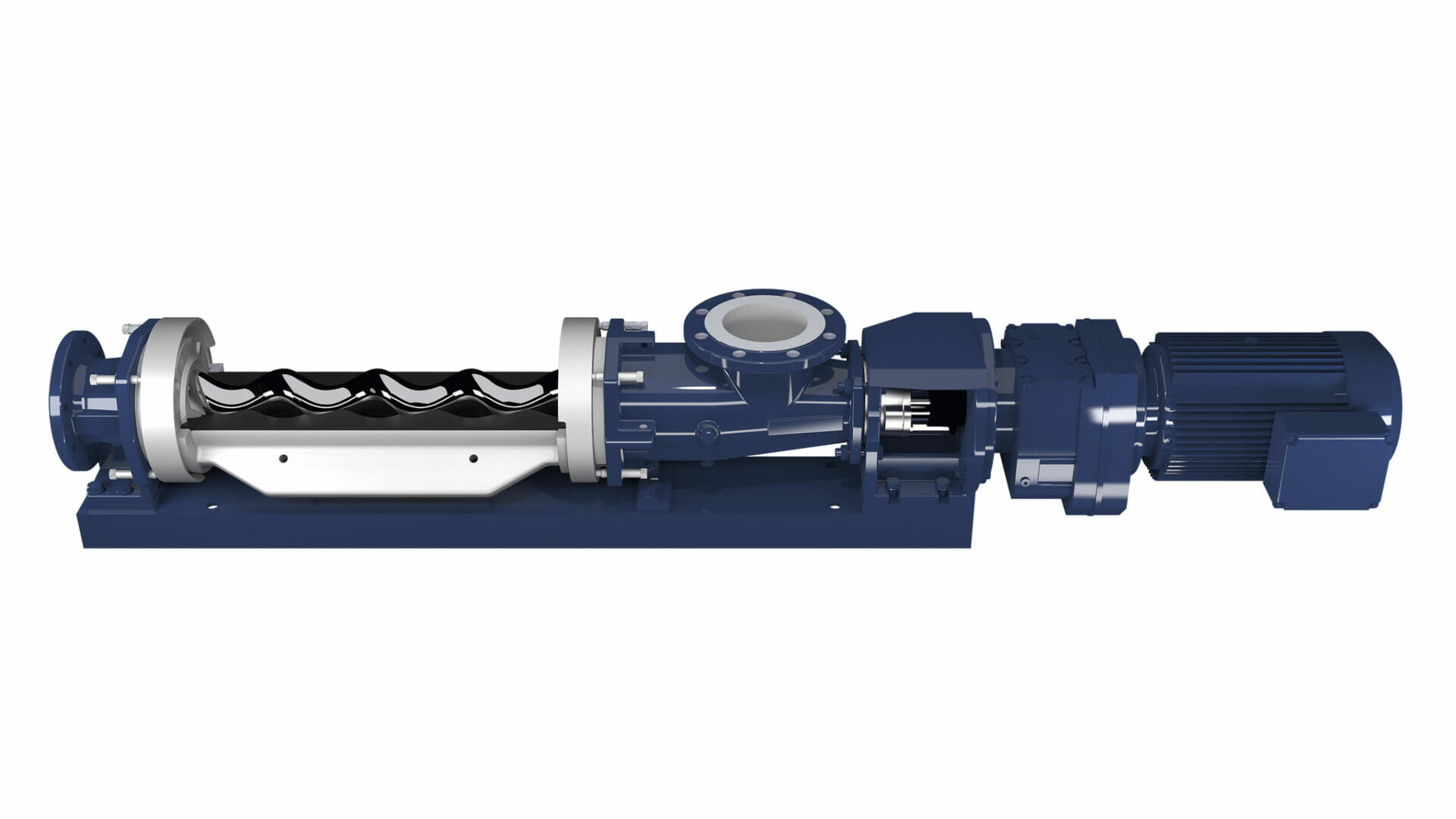It’s common knowledge that to remain successful, a company must innovate. But what does innovation actually mean? Is disrupting the status quo and discovering brand new products or processes the only way to innovate? Or can being innovative mean something subtler; for example, making an already good product even better? Lesley Eaton, Marketing Executive for progressive cavity (PC) pump specialist SEEPEX UK, explains why fostering an ongoing supportive climate is more valuable than a single great idea when it comes to encouraging innovation.
Laying the foundations
A joined-up approach to innovation is essential. A dedicated technology and innovation department comprising R&D, innovation strategy, engineered solutions, and product and industry management, will pay dividends. As each area is interlinked – new ideas are generated by innovation strategy, new products require R&D, new applications for existing pumps fall under the remit of engineered solutions, etc – a dedicated innovation department will ensure that the correct resources are available as and when required. After all, where’s the value in a good idea if there isn’t a framework in place to enable development beyond the idea phase?
A culture of innovation
However, the framework only pays dividends if a company also fosters a supportive staff culture. In real terms, this means:
- Having an open mind – There’s no such thing as a bad idea. If your staff feel their suggestions will be ignored or laughed at, they won’t speak up. Let them know that all ideas are welcome.
- Being patient – Don’t expect instant results. Take time to reflect on new ideas and improve upon them. When you’re sure they’re ready, persevere and be tenacious.
- Learning from your experiences – If your idea isn’t perfect, think about what you can do differently next time. See it as simply the first step on the road to innovation, and use the knowledge you’ve gained to improve things further.
- Collective ownership – A team-based approach to innovation allows both individuals and departments to freely explore new ideas; even if the first attempt doesn’t succeed.
- Collaboration – Work together with colleagues, end-users and the wider market (e.g. trade associations, research centres) to discover what the market actually needs, and develop workable solutions to real problems.
Collaboration is central to our innovation strategy at SEEPEX; so much so that we have nurtured a Growth Alliance, made up of employees who are out in the field and recognised as having superior customer knowledge of customers’ pumping applications and issues. These client-facing members of staff are brought into the design process along with our engineering and design teams, to ensure we know what the industry needs and to understand the challenges it is facing.
More than one way to innovate
Once a supportive culture is in place and a framework to support the development of any new ideas has been established, it’s time to think about how your company can truly innovate. This doesn’t necessarily mean reinventing the wheel or coming up with the next breakthrough invention – think instead about the problems your customers face and how you can help to solve them, driving the industry forward as you do so.
- The same but different
Innovation can sometimes be as simple as using the same product in a different application. For example, our systems for sludge back-mixing in wastewater applications mix dewatered sludge with liquid to give the best dry solids content for onward processing. A large anaerobic digestion (AD) company making biogas from distillery by-products requested that we mixed three feedstocks (with different dry solids contents) into a single homogenous feedstock, before long distance transfer to the AD plant. Using the technology developed for back-mixing, we were able to successfully blend the by-products in an open hopper pump and transfer the slurry to the biogas tanks.
- Do things better
Think about how you can make your existing product range even better by listening to your customers and the wider industry. Although PC pumps are an established technology, there are always ways to improve and extend their capabilities.
With the advent of Industry 4.0, we have improved upon our existing pump range by incorporating ‘smart’ features into our products such as sensors to adjust pump speed as process conditions change; connected pump monitors that transfer data to the cloud to enable process optimisation; and virtual reality instructions to improve maintenance.
For example, our Smart Conveying Technology is up to 20% more energy efficient than traditional PC pump designs. Developed in response to feedback from industry which demands quicker maintenance, this ’smart’ design has been developed to enable the stator, rotor and mechanical seal to be changed without dismantling suction or discharge pipework. Furthermore, the adjustable stator segments restore pump performance as wear occurs, increasing the service life by up to 200%. These innovations improve maintenance and reduce whole life costs. Remote monitoring enables predictive maintenance of the pumping elements, keeping process efficiency high and resulting in less downtime for plant operators.
- Explore alternative solutions
If your existing range has limitations, don’t be afraid to stretch and explore other options to find a solution to your customer’s problems. For example, although PC pumps were a good solution for the treatment of dewatered sludge, our customers made us aware that discharge pressures were becoming a limitation. We realised we needed to do things differently, so we developed a new system to improve dewatered sludge handling – our Smart Air Injection (SAI) system. This combination of progressive cavity pump and dense phase conveying technologies is capable of conveying dewatered sludge over 1,000m. The technology is now being installed as part of the new Thames Water Riverside project, providing an energy-efficient, high-performance alternative to conventional dewatered sludge handling systems.
Listen and learn
Rather than spending time, money and effort trying to hit upon the next big thing, companies should instead consider focusing on the cornerstones of innovation: listening to customers, collaborating with industry and fostering a supportive staff environment. Big or small, with a wide or specialised offering, any company can enjoy the benefits that come with being an innovator.







